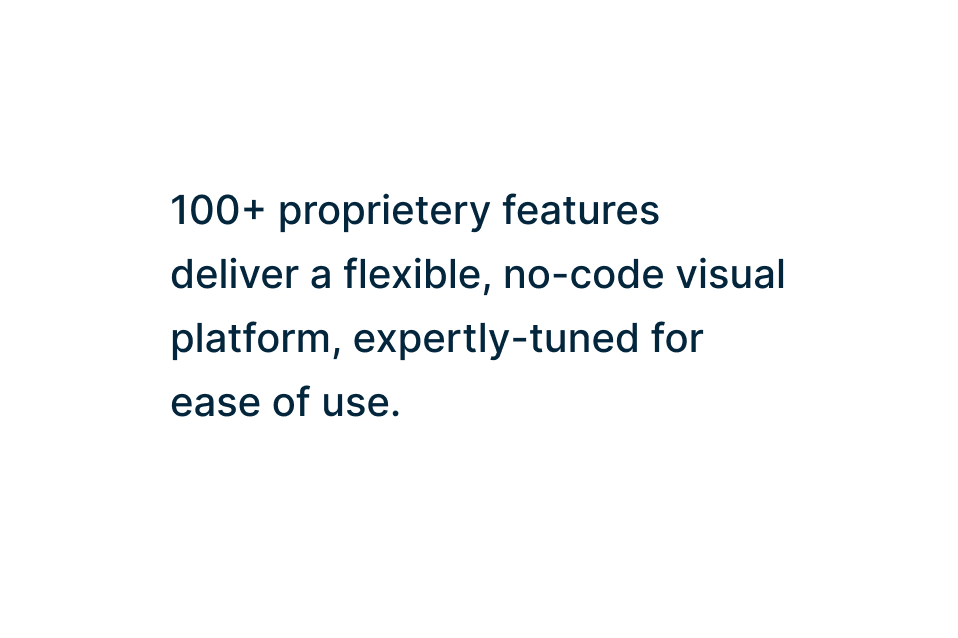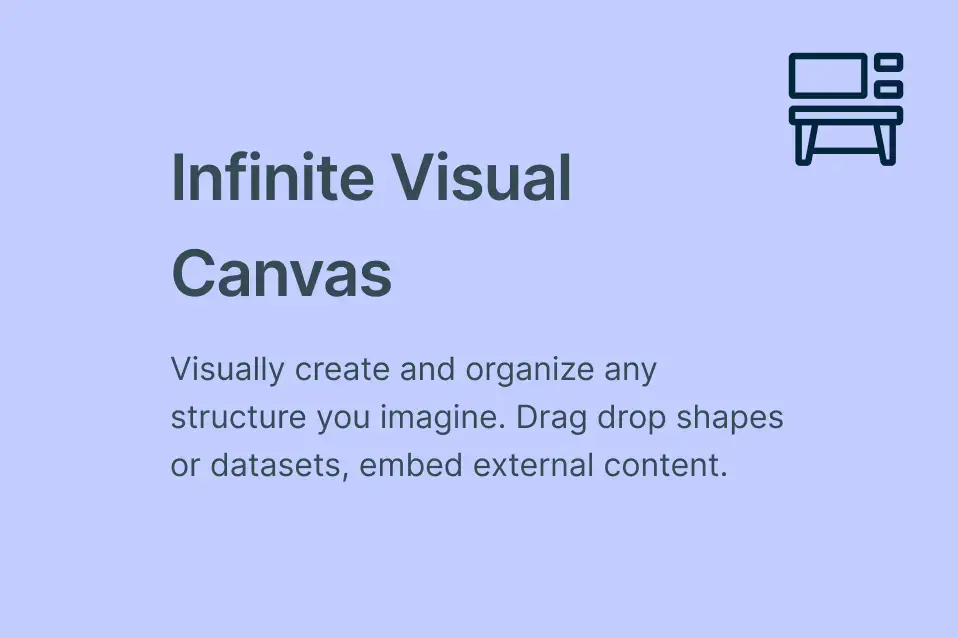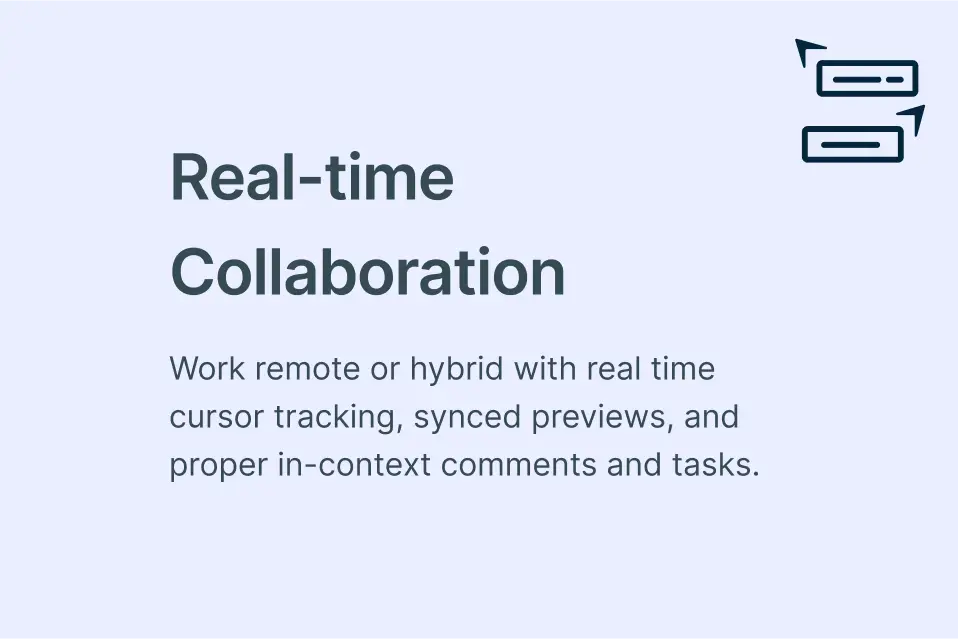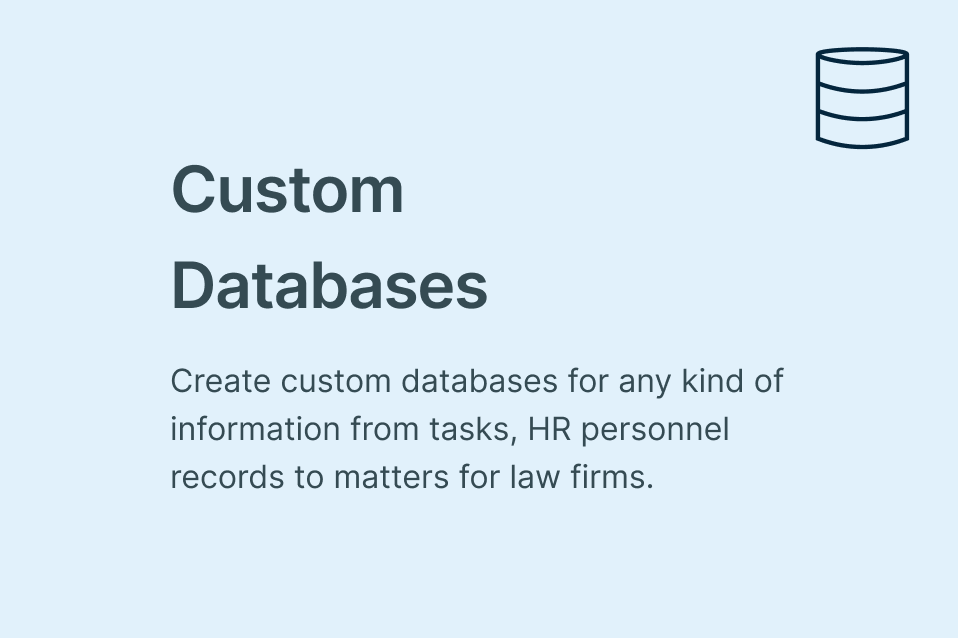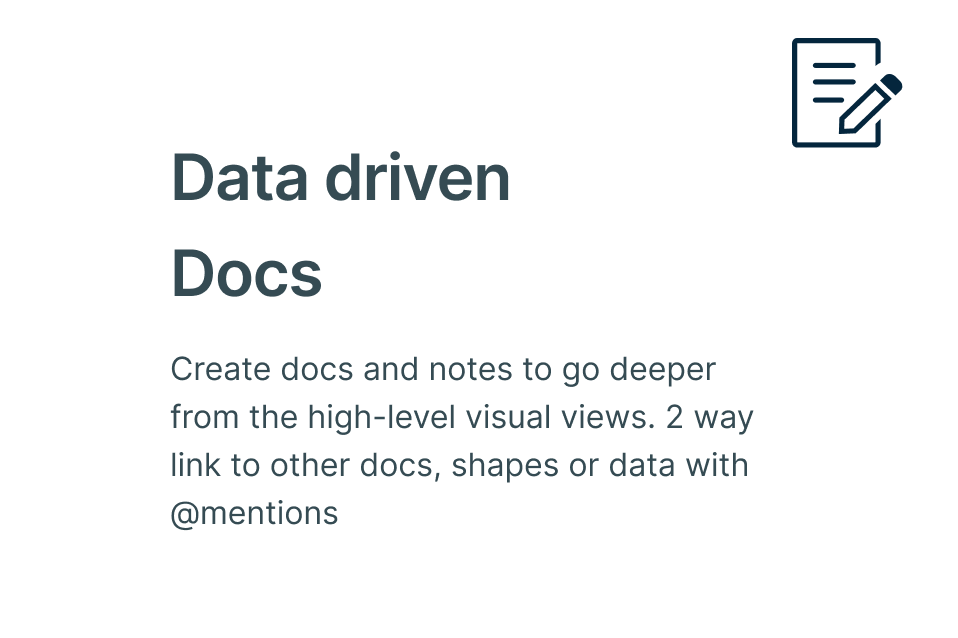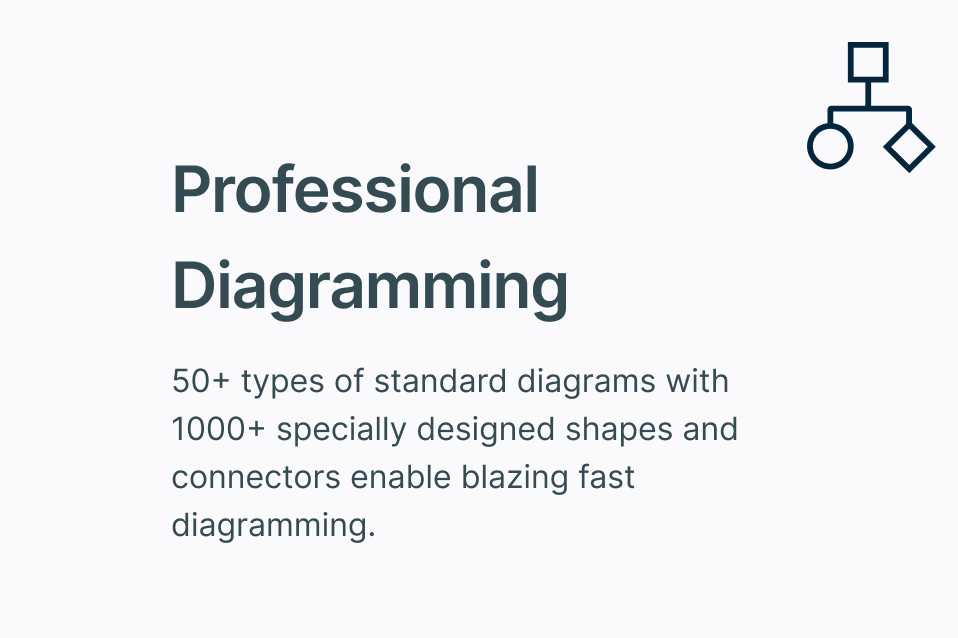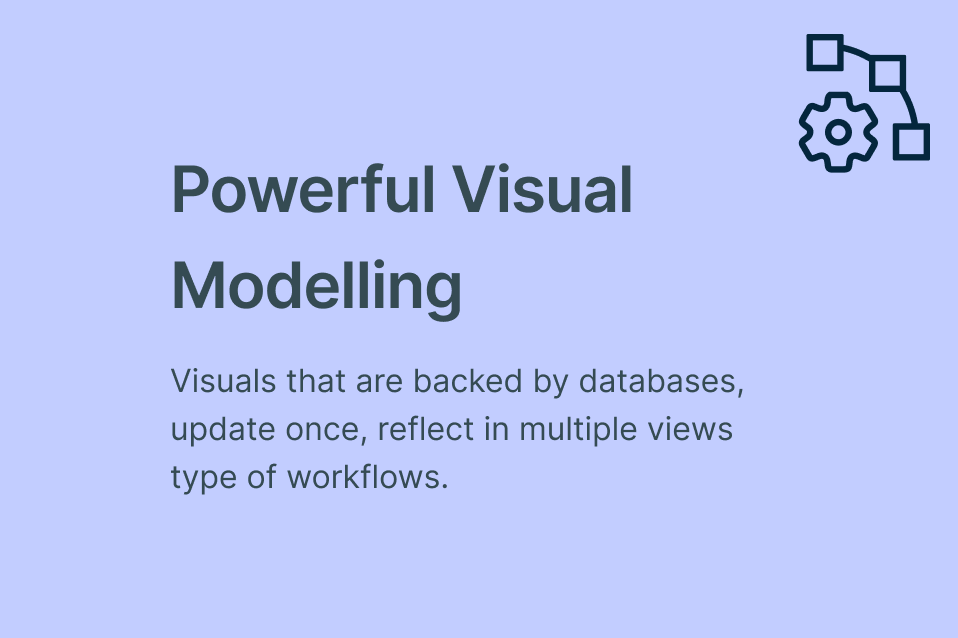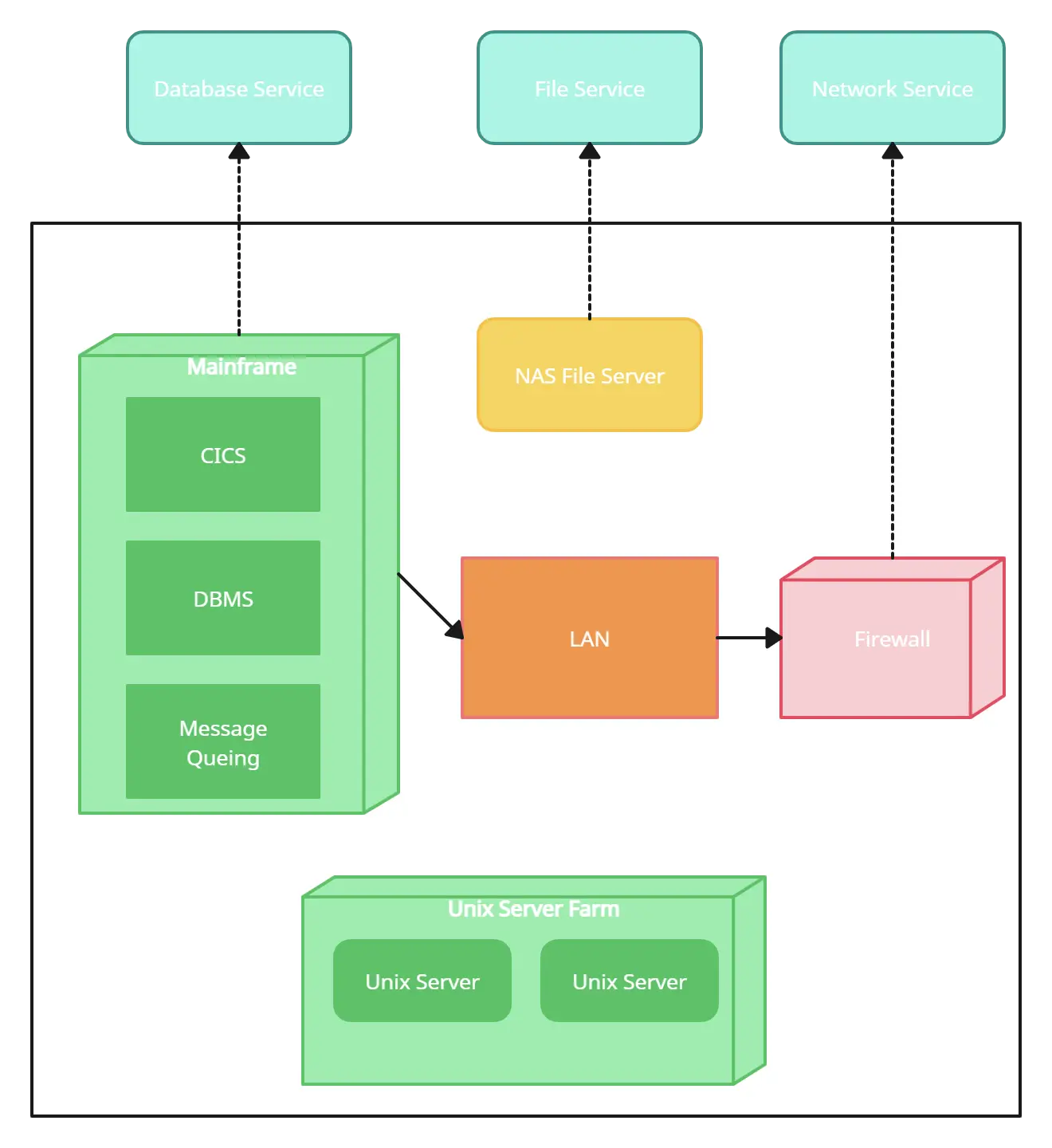ArchiMate Tool
Design Enterprise Architecture with an Online ArchiMate Tool
Create professional ArchiMate diagrams online to map systems, processes, and relationships across business, application, and technology domains. Collaborate with your team in real time and simplify complex enterprise modeling.
Drag-and-drop interface for fast ArchiMate diagramming
Collaborate with teammates in real time, online
Full ArchiMate shapes library for accurate modeling
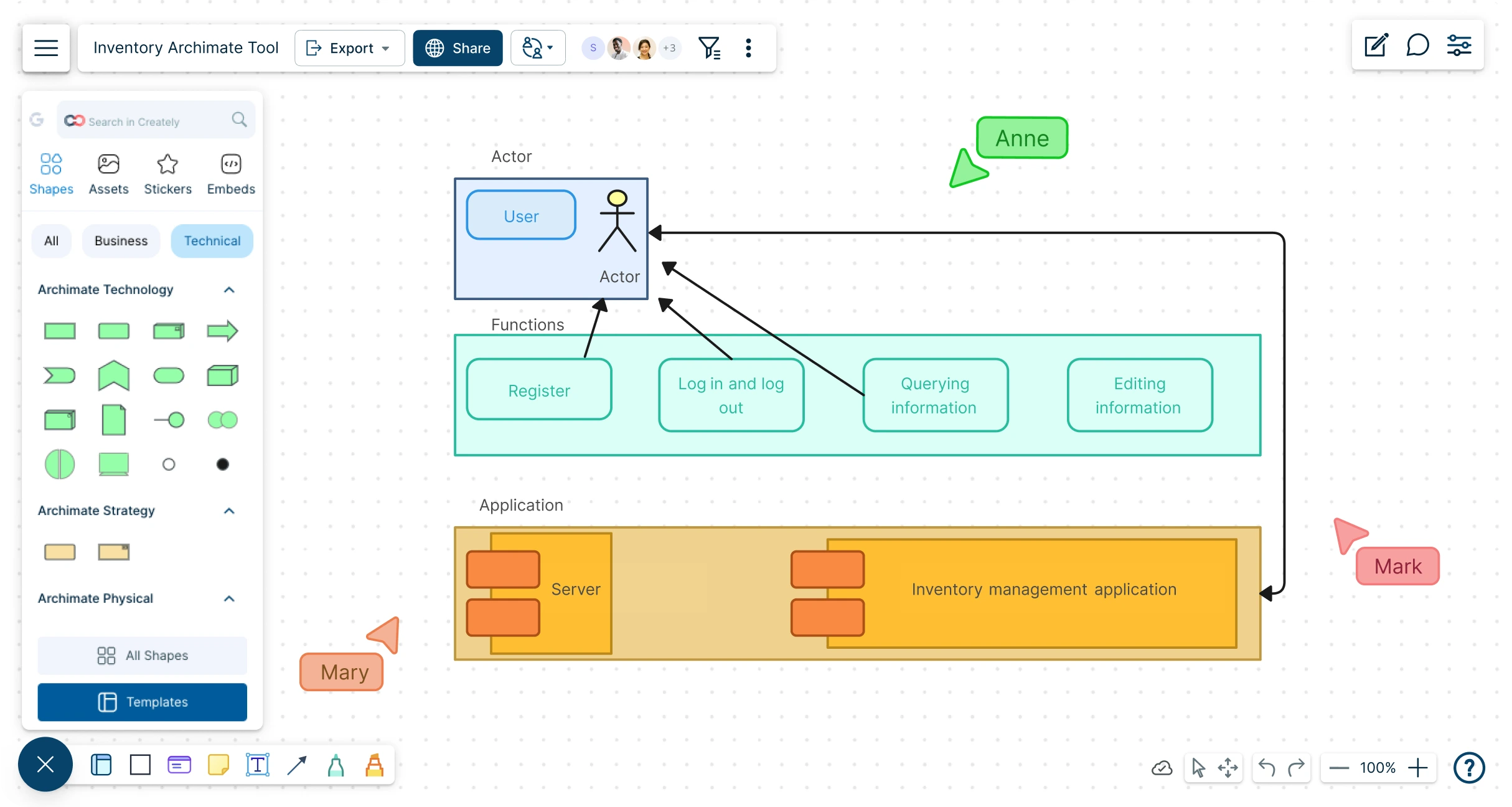
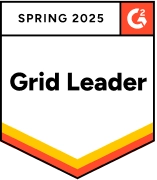 Diagramming
Diagramming Visual Collaboration
Visual Collaboration Org Chart
Org Chart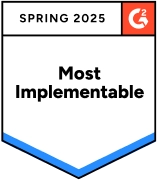
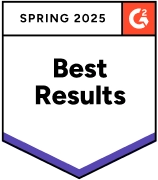


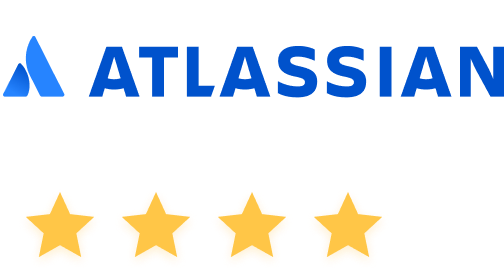


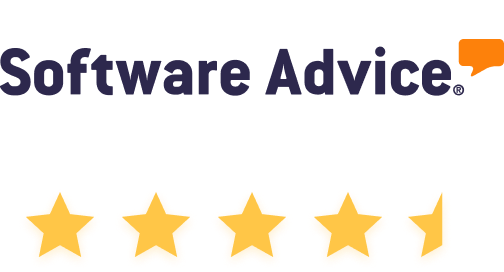

Visualize Every Aspect of Your Enterprise Architecture with Ease
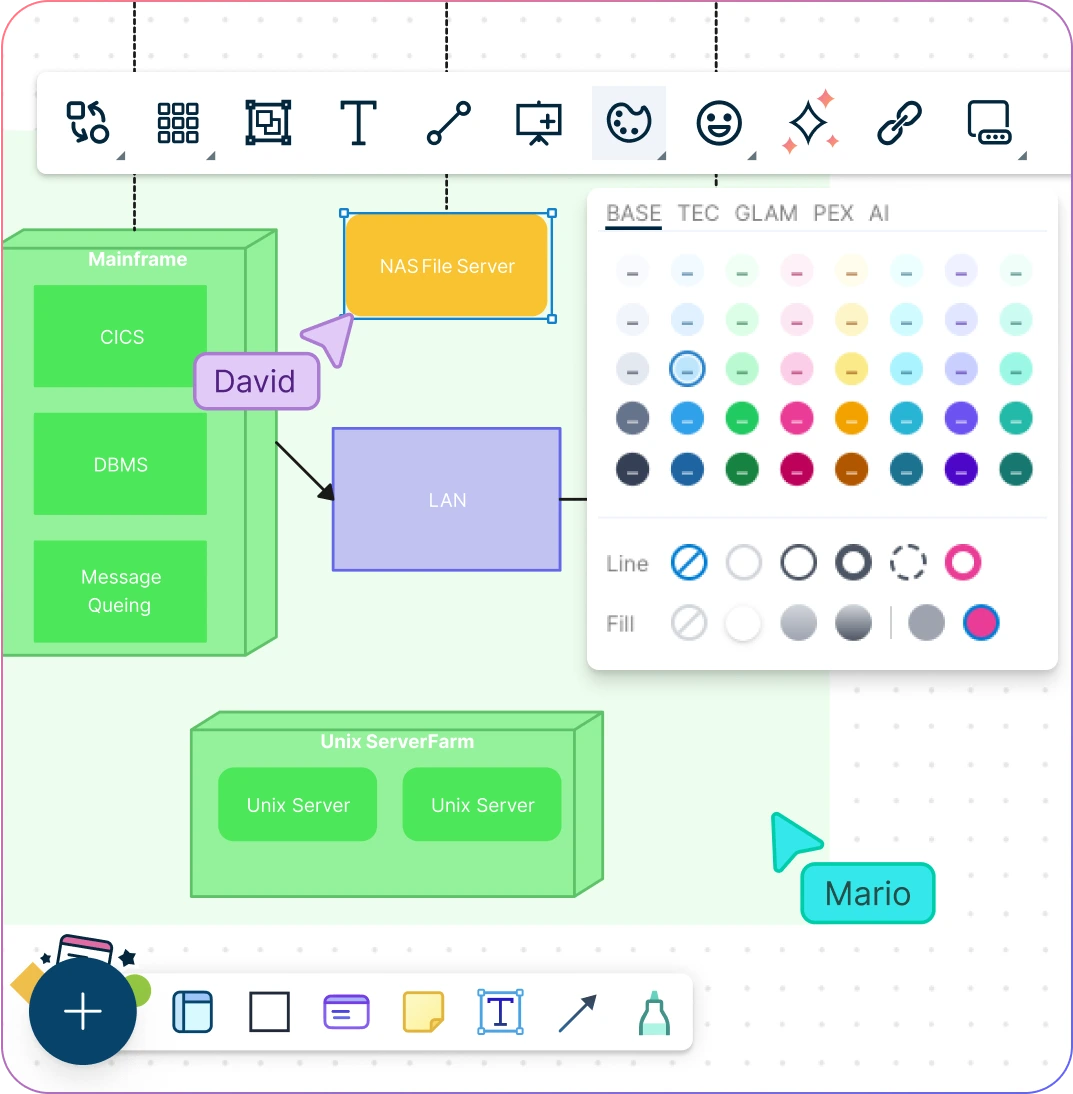
Standardized ArchiMate shapes with industry-specific notations for precise modeling.
Ready-to-use ArchiMate diagram templates to start fast and save time.
Advanced styling & formatting to customize diagrams exactly how you want.
Smart shape suggestions to speed up your ArchiMate modeling process.

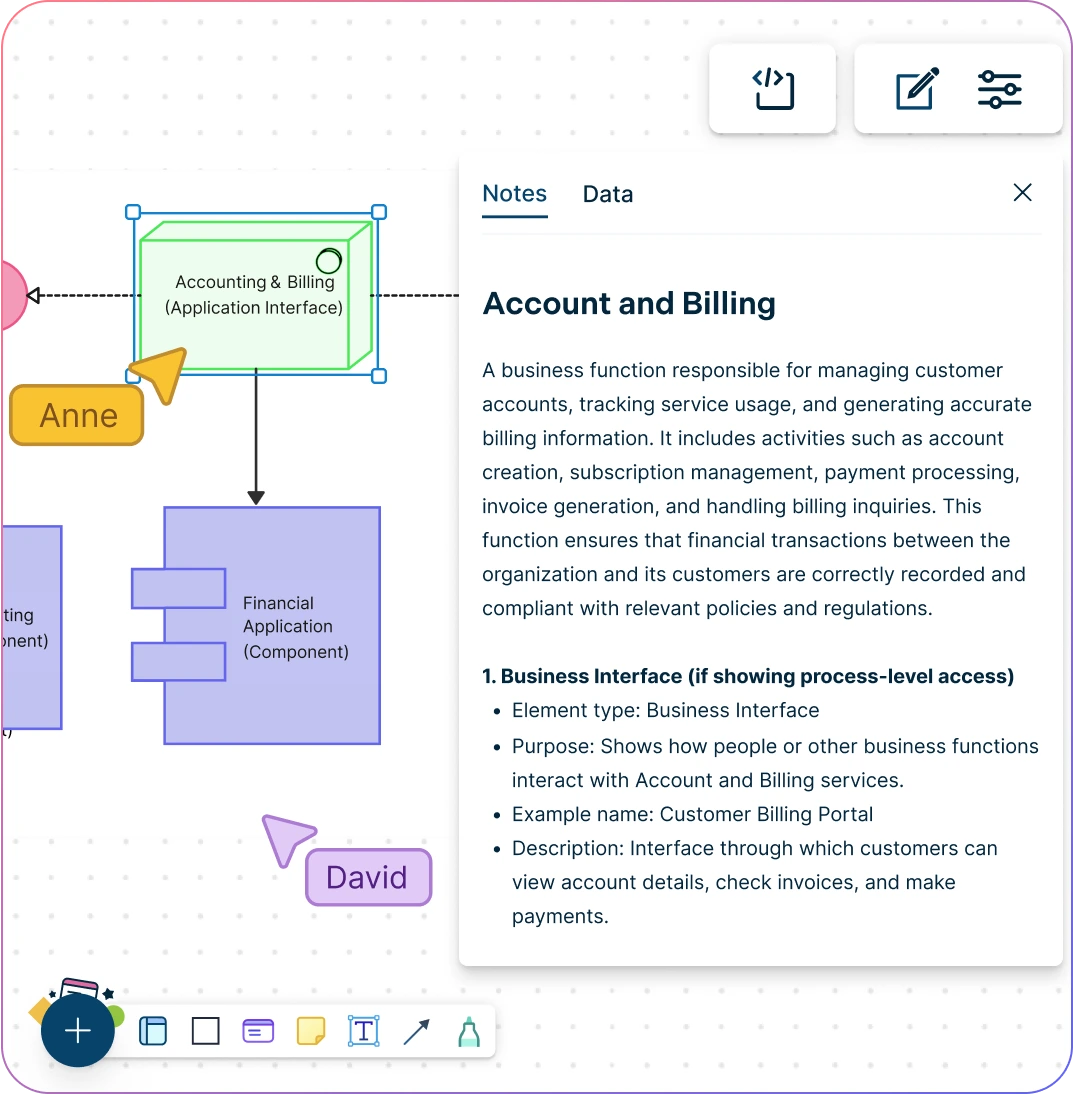
Organize and Structure Your Enterprise Architecture Efficiently

Sticky notes for adding explanations, questions, or extra info
Folders & workspaces to keep diagrams and data well-structured
Notes panel to attach docs, add context, and import reference images
An infinite canvas to centralize all documentation and collaboration
Collaborate in Real Time on Your ArchiMate Diagrams

Embed or share diagrams via link, email, or website
Role-based access to manage, share, and review securely
In-line commenting for instant feedback on the same canvas
Full version history to track changes and branch easily
Export diagrams easily in PDF, SVG, JPEG, or PNG formats
Integrate with project apps like JIRA, GitHub, and Slack

What Is ArchiMate?
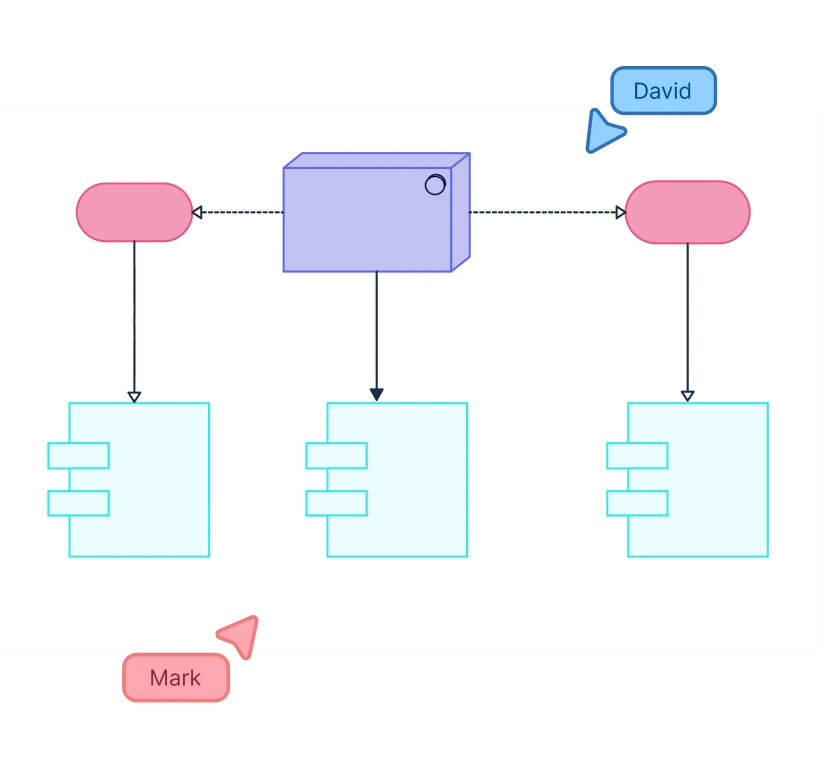
ArchiMate is a standardized enterprise architecture modeling language developed by The Open Group. It provides a clear and consistent way to visualize the structure, processes, information flows, and technology within an organization, helping architects and stakeholders understand how different domains interact.
Using our ArchiMate tool, you can create professional diagrams that map relationships across business, application, and technology layers. This makes complex architectures easier to analyze, communicate, and optimize.
How to Draw an ArchiMate Diagram Online
Launch Creately
Sign in to Creately and open a new workspace. Invite your team to collaborate in real time using email or link invites.
Start with Templates or the Shapes Library
Choose a ready-made ArchiMate diagram template or use the dedicated ArchiMate shapes library to quickly begin modeling business, application, and technology layers.
Add and Organize Diagram Elements
Drag and drop elements onto the canvas. Define relationships, dependencies, and interactions, and organize layers using the intuitive interface.
Collaborate and Annotate
Use sticky notes, in-line commenting, and the notes panel to add context, gather feedback, and ensure all team members contribute effectively.
Customize, Review, and Share
Refine styles, colors, and formatting for clarity. Review the diagram with stakeholders and share it online, or export it in PDF, SVG, JPEG, or PNG formats.
Create an ArchiMate DiagramDesign Archimate Diagrams Faster with Premade Templates
FAQs About Creately’s ArchiMate Tool
Why should you use ArchiMate?
ArchiMate is a standardized enterprise architecture modeling language that helps you:
- Create clear, precise, and easy-to-understand visualizations
- Represent business processes, IT systems, infrastructure, and BPM models
- Capture stakeholder views and address concerns effectively
- Combine seamlessly with existing methods
- Benefit from a large, supportive community of enterprise architects
Who would find ArchiMate useful?
ArchiMate is ideal for enterprise architects, business analysts, and IT planners who need to:
- Map organizational structures, IT systems, and technical infrastructures
- Visualize relationships between business, application, and technology layers
- Analyze and communicate enterprise architecture clearly
What are some tips for creating ArchiMate diagrams online in Creately?
- Start small: Use freehand tools to sketch ideas before expanding
- Collaborate: Create a shared workspace for team input
- Centralize information: Use the notes panel to add links, docs, and context
- Label & format: Use color themes and text formatting to differentiate elements
- Combine processes & data flows: Align diagrams with organizational goals
Where can I find the ArchiMate shape sets in Creately?
- Click the plus (+) icon at the bottom left of the canvas
- Use the search bar or browse “All Shapes” to locate ArchiMate shapes
- Drag and drop shapes onto your canvas to start modeling
How can I share the ArchiMate diagram with my teammates?
Can I integrate Creately ArchiMate diagrams with other tools?
Are there ready-made ArchiMate templates I can use?
Is Creately suitable for beginners in ArchiMate?







